How to find melodic inspiration by using free classical music MIDI files
Got writer's block? Get your melodic mojo Bach by Chopin up some free MIDI files from the classical archives
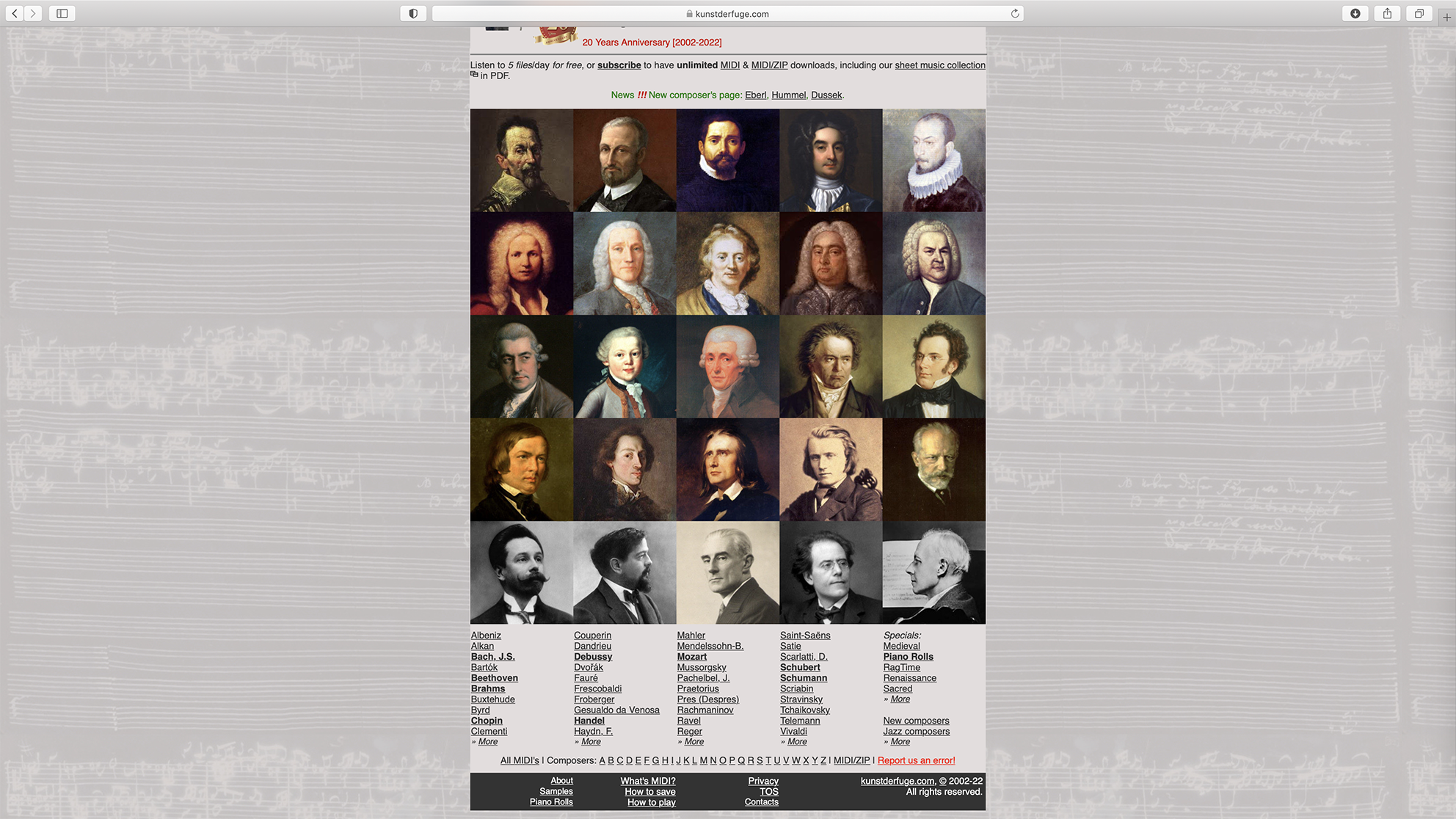
Do you ever find yourself stuck for melodic inspiration? For some, writing engaging, memorable melodies can be one of the most challenging aspects of music production.
We’d venture that it’s a trickier task than building beats and chord sequences, and all the more important: laying down an earworm of a hook or an anthemic lead line can often take a track from decent to unforgettable.
We’ve all been there, hammering away at our MIDI keyboards for days on end, chasing that elusive sequence of notes that’ll bring the perfect vibe to the project we’re working on. Next time this happens, stop banging your head against a wall and consider trying something a little bit different.
Kunst Der Fuge is the internet’s largest resource of classical music MIDI files, containing thousands of digitized scores from some of history’s most famous tunesmiths - Mozart, Beethoven, Chopin, Debussy and more.
Next time you’re suffering from writer's block, simply dive into their collection of almost 20,000 classical compositions, download something that takes your eye, drop the MIDI file into your DAW, and experiment by snipping out various passages and laying them over your track to find new and unexpected melody lines, harmonies and rhythms.
As the composers represented in the library are long-gone, their works are now in the public domain, and that means you’re free to take as much inspiration from this resource as you please.
We’re not advocating for wholesale imitation of a composer’s tunes - we don’t think plastering Vivaldi’s Four Seasons over your next techno stomper is a brilliant idea - but instead, suggesting that you might find some creatively inspiring melodic shapes and patterns buried in this archive that can be chopped up, rearranged, tweaked, transposed and transformed for use in your own work.
Get the MusicRadar Newsletter
Want all the hottest music and gear news, reviews, deals, features and more, direct to your inbox? Sign up here.
Here’s how it’s done.
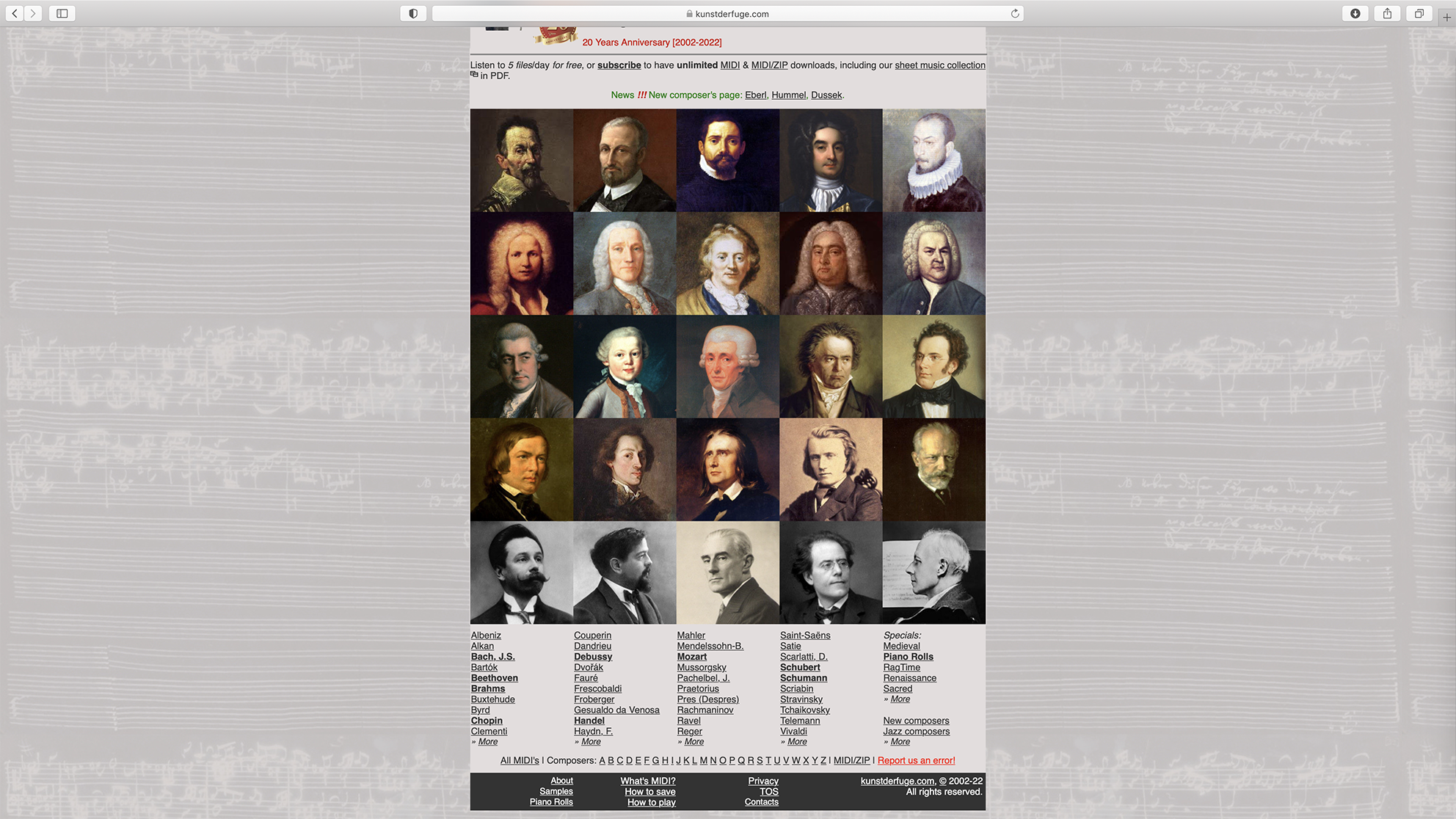
Step 1: Head to Kunst Der Fuge’s website, navigate their library of composers and select a score to download as a MIDI file. We’re fans of Debussy here at MusicRadar, so we’ve chosen his Arabesque No. 2 in E Major.
Unless you’re happy to transpose the file’s notes to the key that your project is in, you’ll want to choose something that’s in the same key as your track, or one that’s harmonically related.
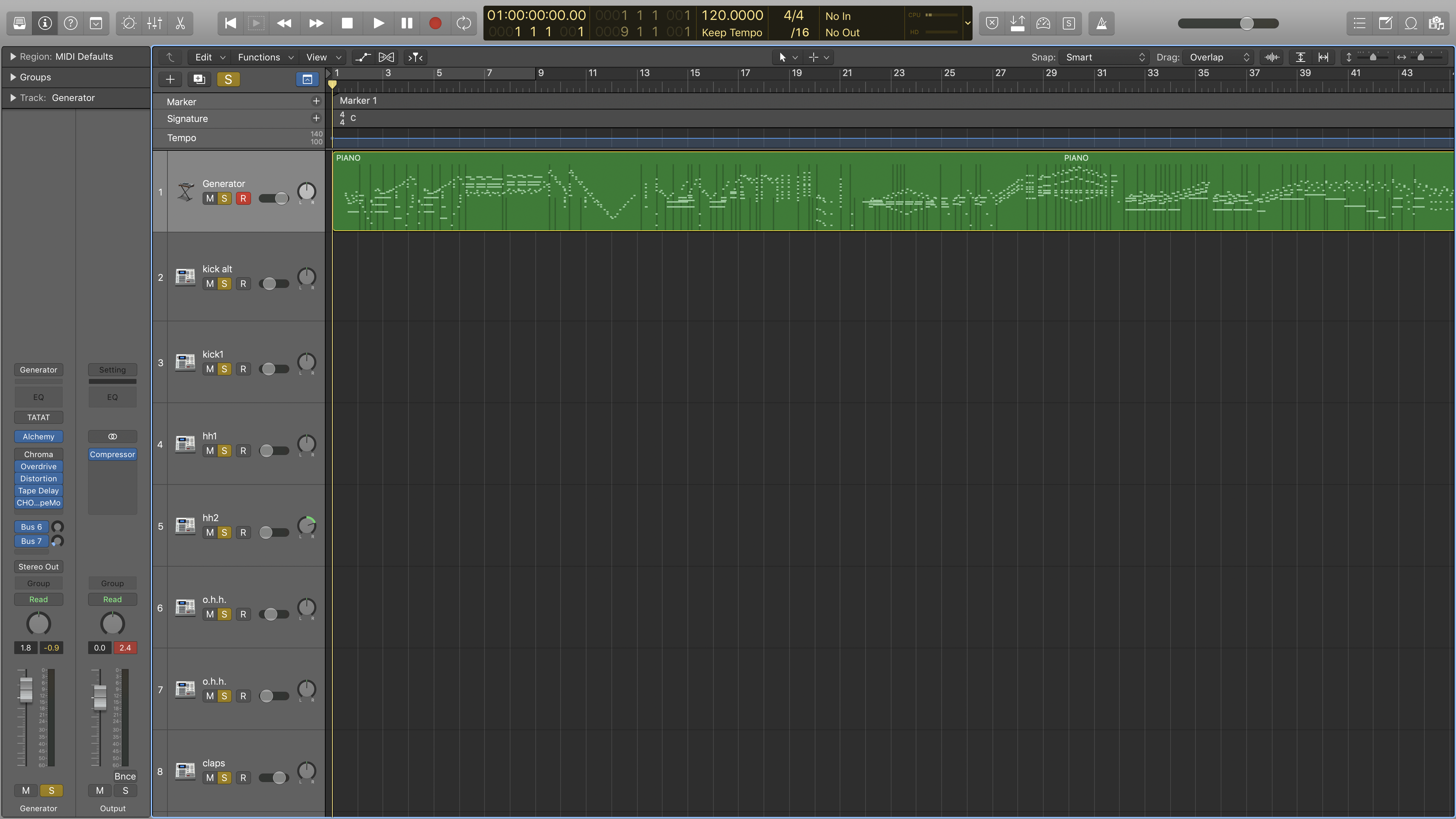
Step 2: Drag and drop the MIDI file into your DAW, into a MIDI track that’s using a synth or virtual instrument that you think works with the rest of the project. We’re using Logic Pro, but this should work with any DAW.
We’re laying the file down over a 4/4 groove we made earlier, and it’ll be played by Logic’s native soft synth, Alchemy, using a patch we've designed previously. The MIDI file will likely be spread across several instruments within the score, so you'll need to assign each part to an appropriate sound, or audition the parts one at a time using a single sound.
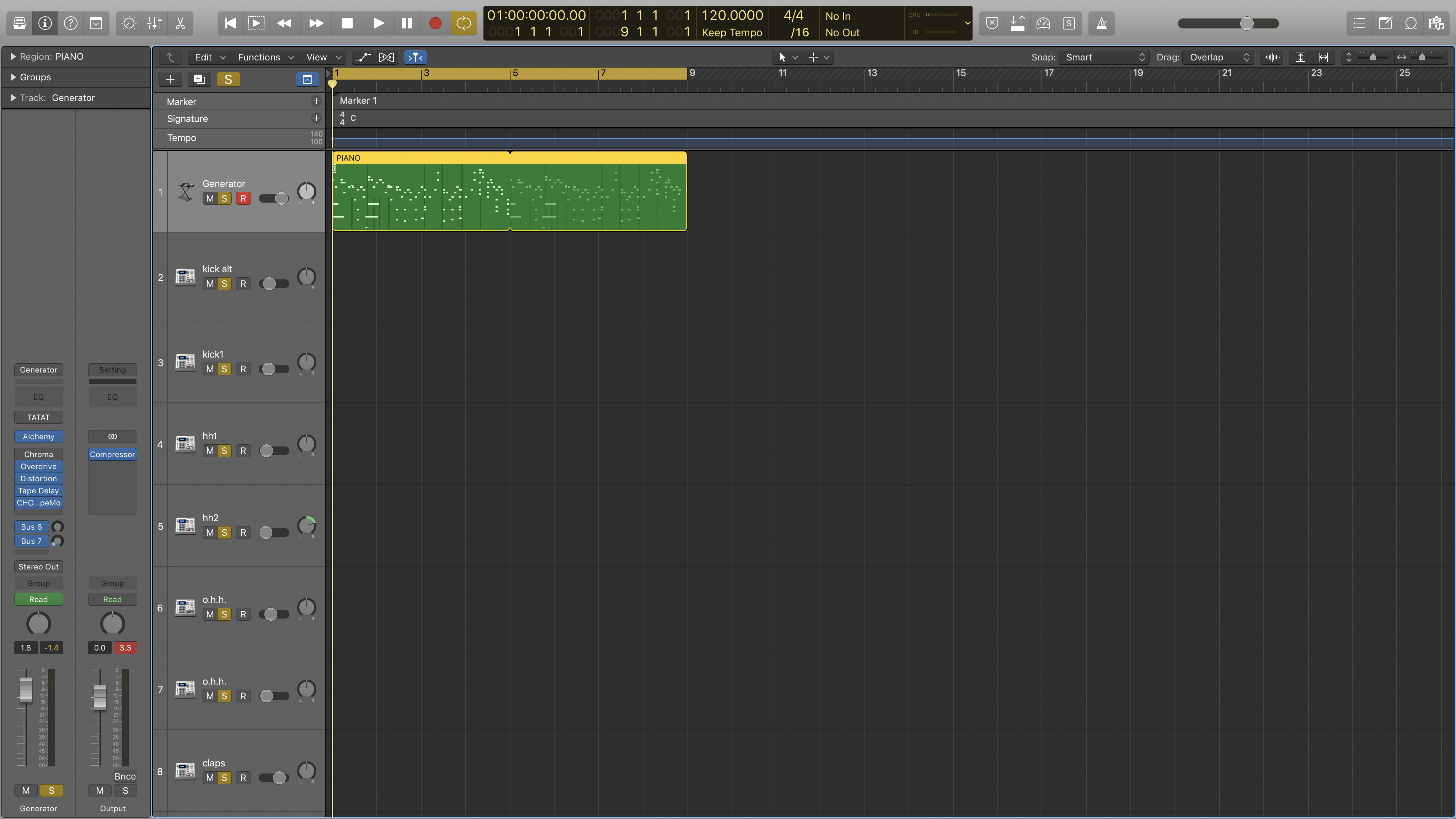
Step 3: If you want the MIDI file to be in time with your project, you may want to import the file's tempo information, then adjust your project's tempo back to the original value. You could also experiment with quantization settings to see if any new and engaging rhythms emerge from the material. Once it's in time, press play, take a listen through, and keep an ear out for any interesting passages that spark your curiosity.
If you don’t hear anything you’re into, try swapping out the instrument or synth you’re using, or head back to Kunst Der Fuge and test out a few more composers.
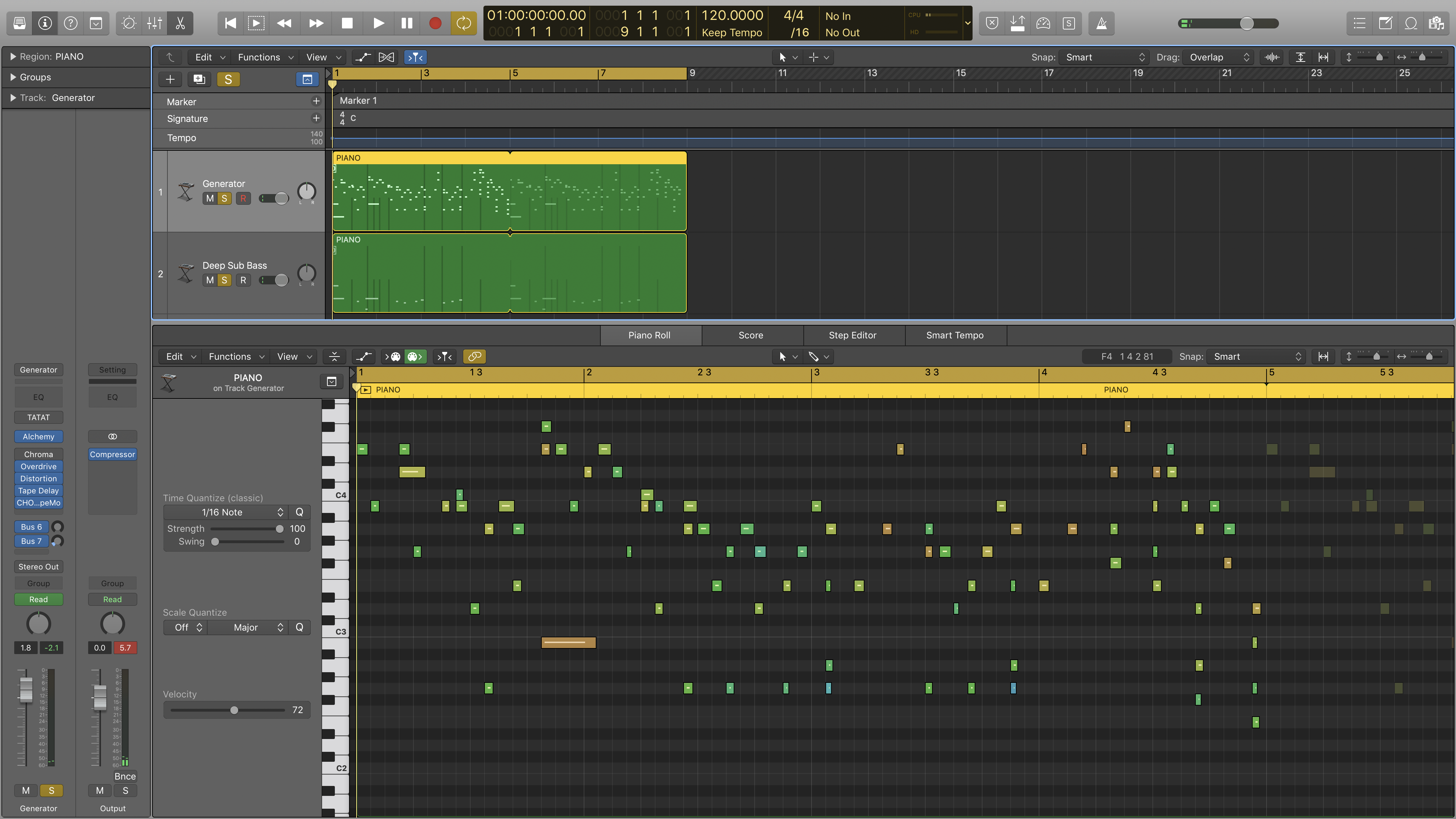
Step 4: Once you’ve found something you like, snip out the passage, loop it and lay it down over the relevant part of your track. We almost instantly found a bouncy four-bar riff that works nicely on top of our existing beat.
You may want to dive into the Piano Roll or MIDI editor and do some tweaking to help the melody gel with the rest of your track’s elements and make it your own. We’ve snipped out the lowest notes in this passage and placed them on a different MIDI track, to be played by a synth patch that sounds better on bass parts.
Voila! Thanks, Debussy.



I'm MusicRadar's Tech Editor, working across everything from product news and gear-focused features to artist interviews and tech tutorials. I love electronic music and I'm perpetually fascinated by the tools we use to make it. When I'm not behind my laptop keyboard, you'll probably find me behind a MIDI keyboard, carefully crafting the beginnings of another project that I'll ultimately abandon to the creative graveyard that is my overstuffed hard drive.
“From a music production perspective, I really like a lot of what Equinox is capable of – it’s a shame it's priced for the post-production market”: iZotope Equinox review
"This is the amp that defined what electric guitar sounds like": Universal Audio releases its UAFX Woodrow '55 pedal as a plugin, putting an "American classic" in your DAW









